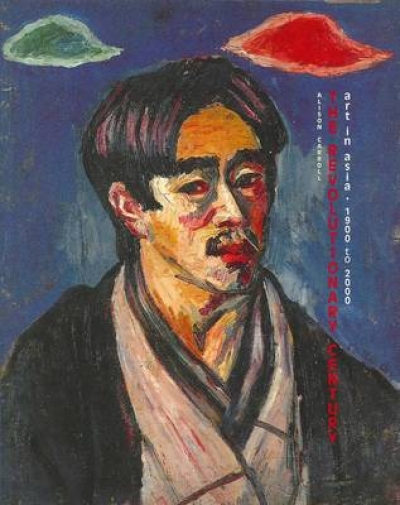Peter Hill
Breakfast with Lucian: A portrait of the artist by Geordie Greig
by Peter Hill •
Permanent Revolution: Mike Brown and the Australian avant-garde1953–97 by Richard Haese
by Peter Hill •
Burning Issues: Fire in Art and the Social Imagination by Alan Krell
by Peter Hill •
The Revolutionary Century by Alison Carroll & Every 23 Days by Sarah Bond, Alison Carroll and Claire Watson
by Peter Hill •







